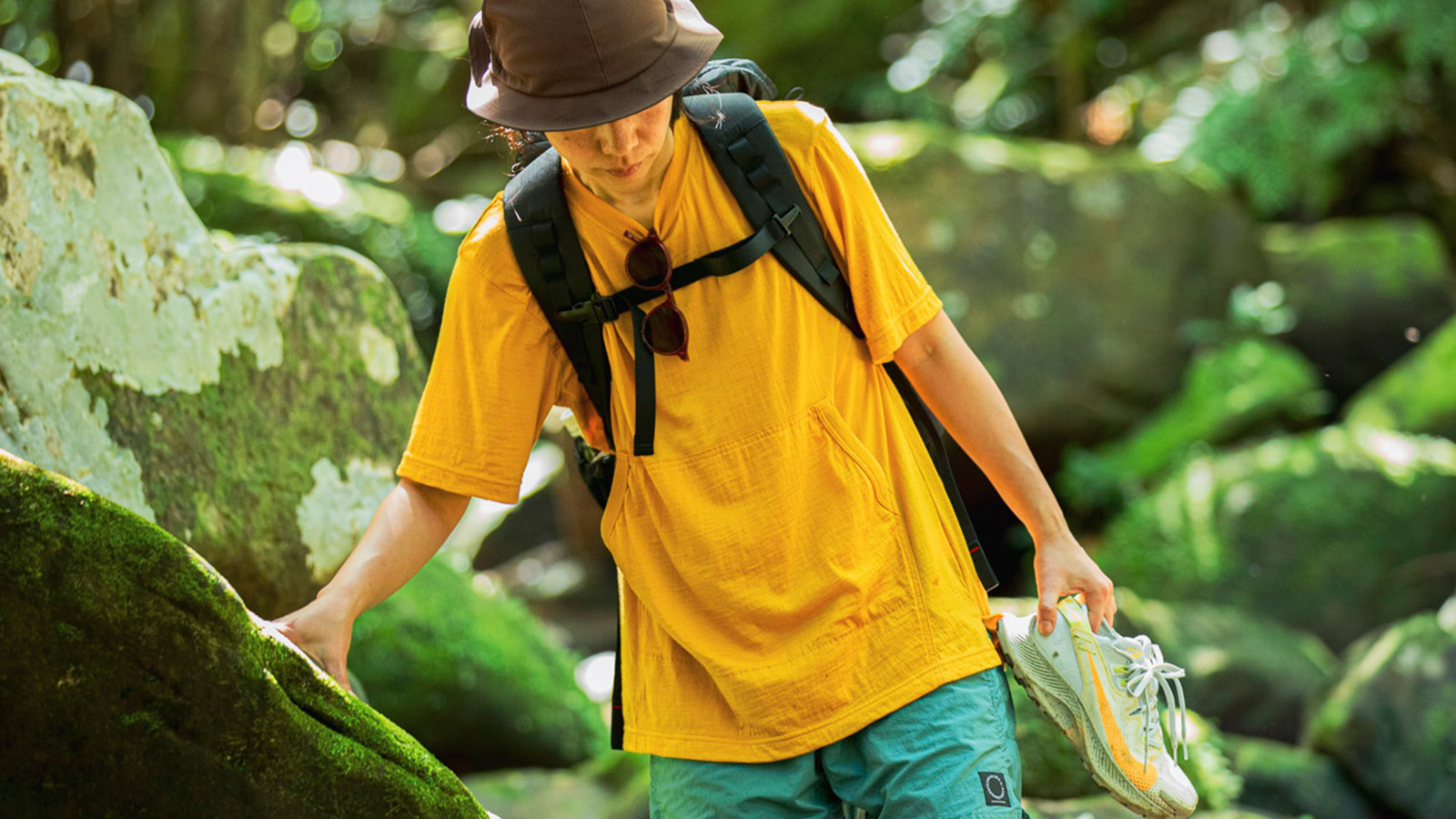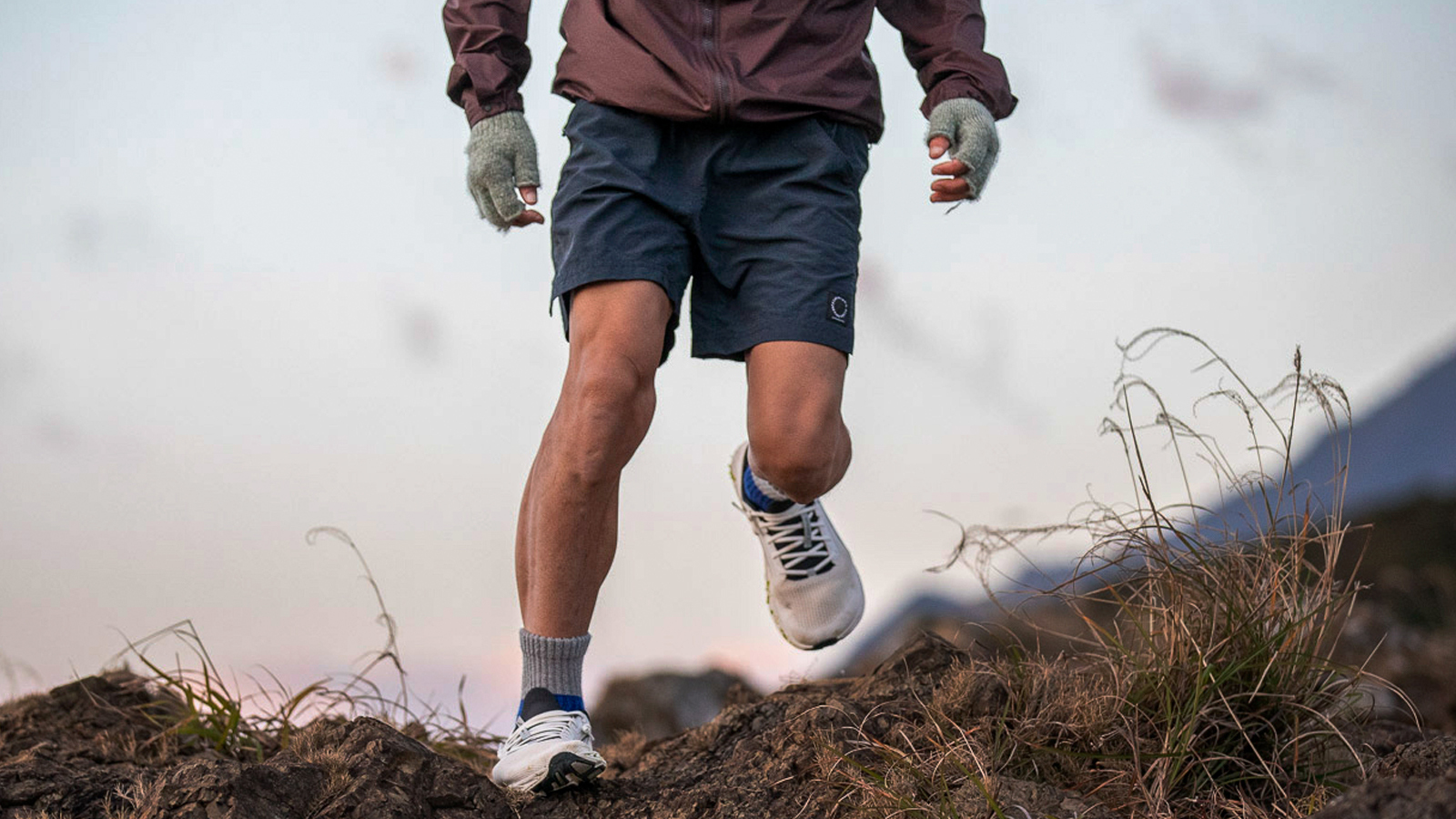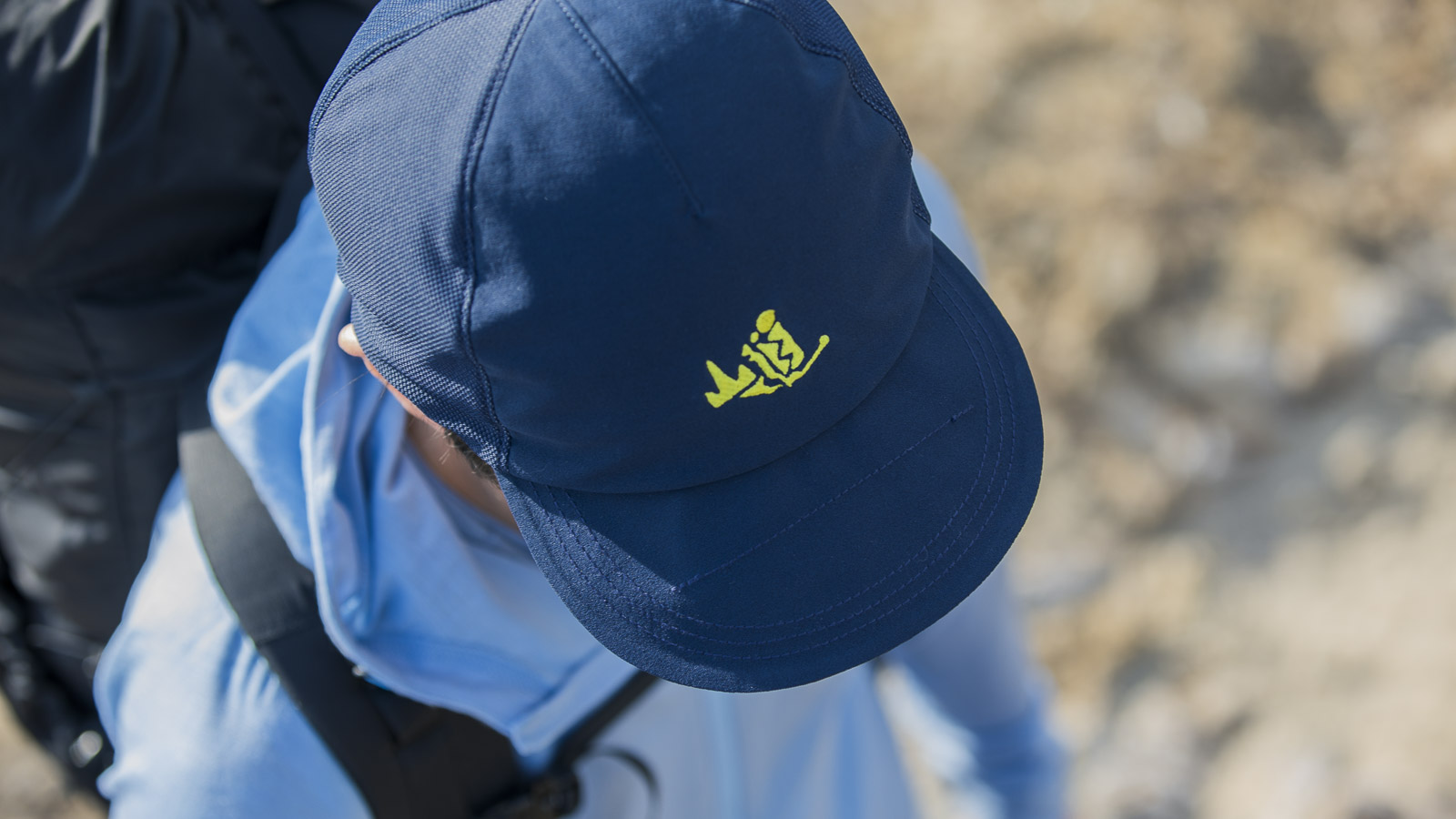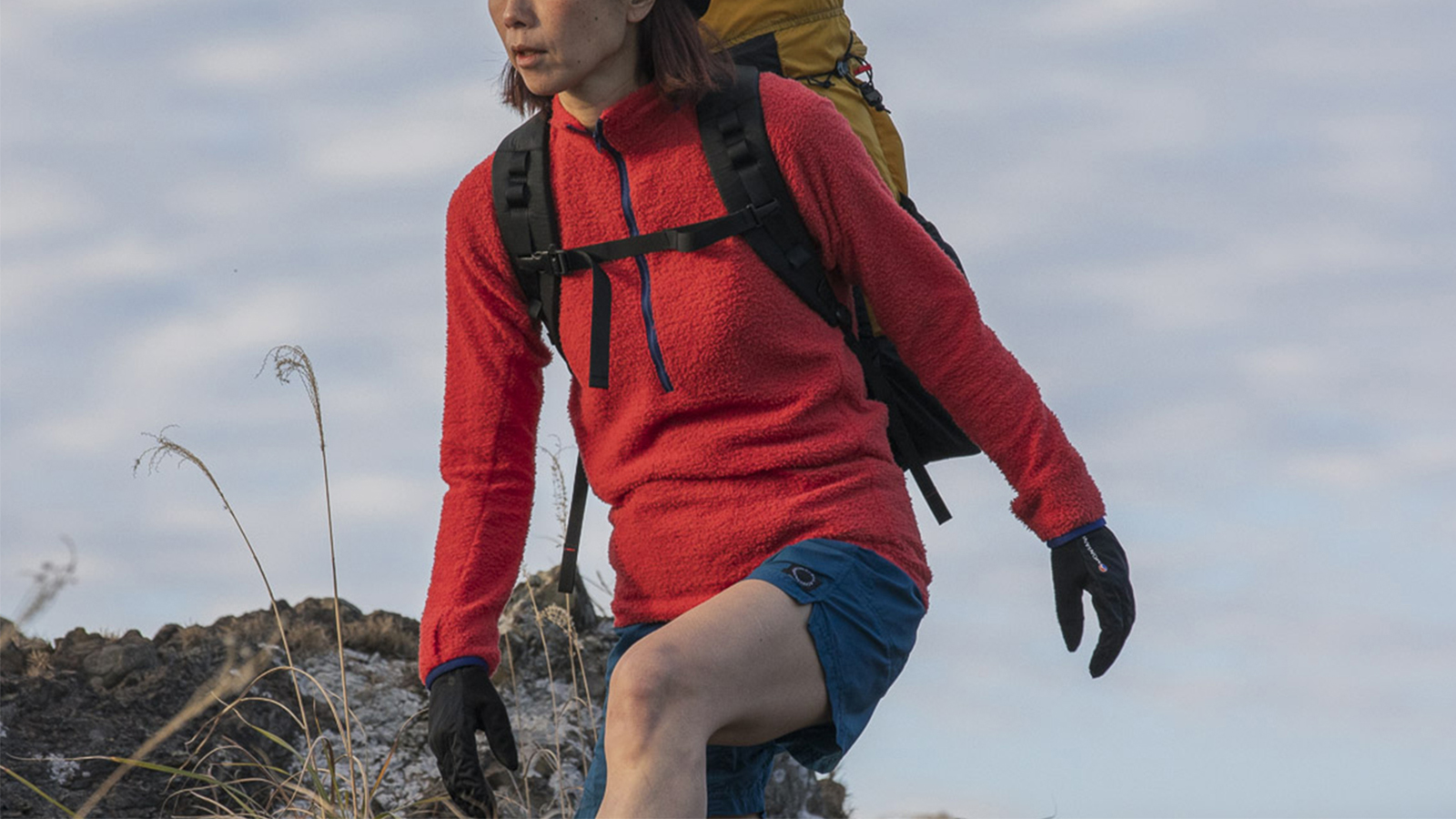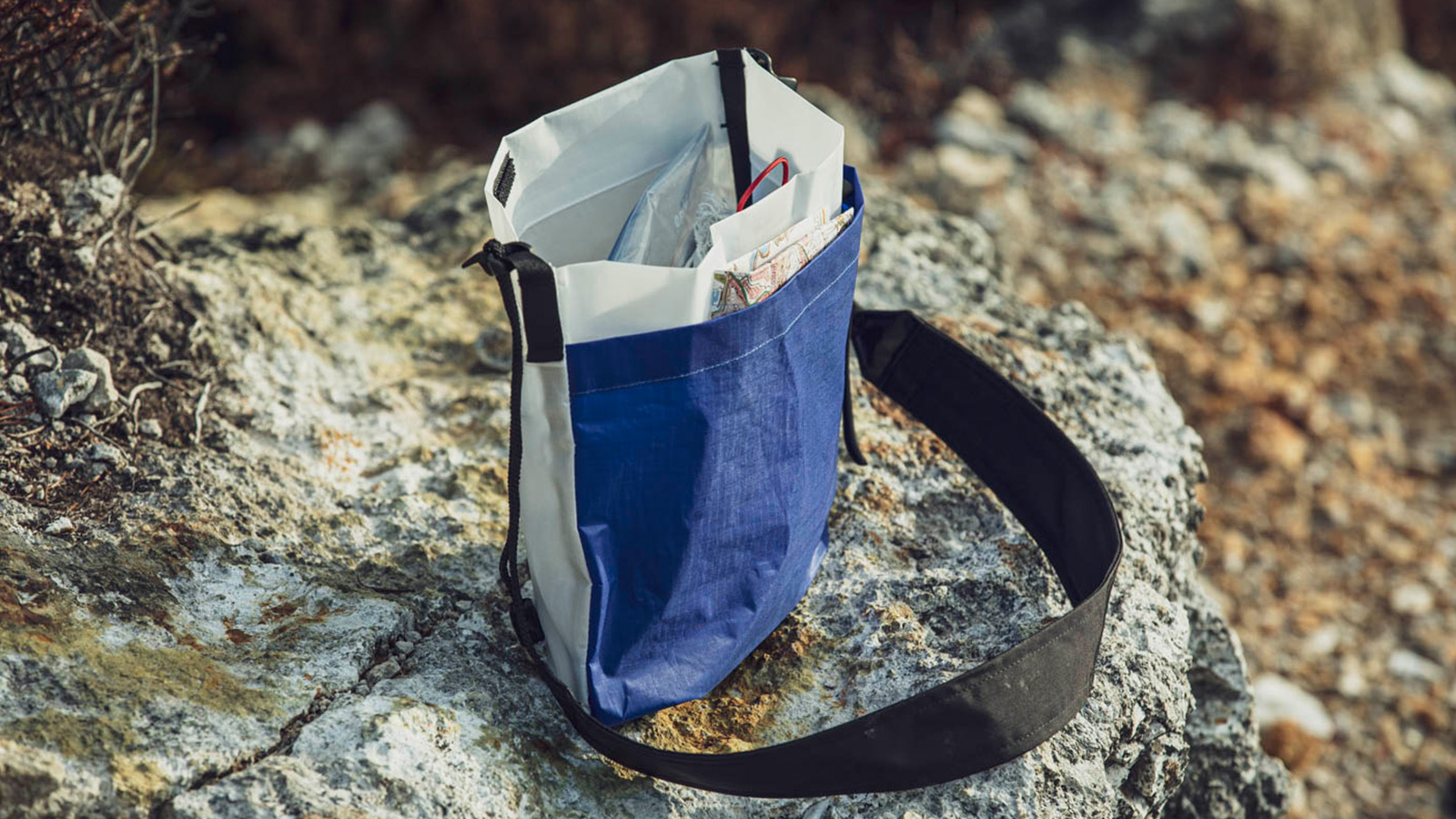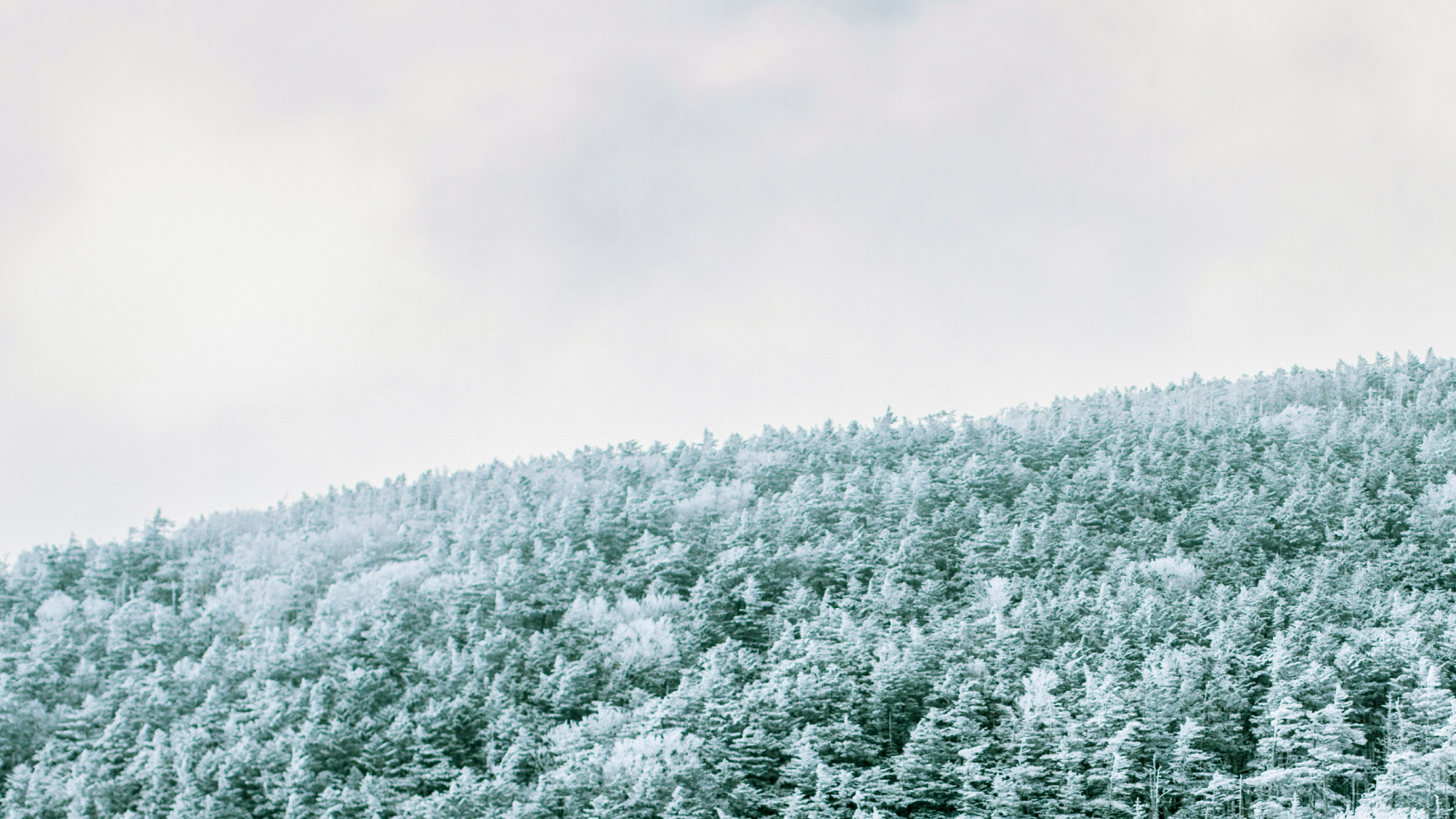Ultralight hiking at the root of everything we do
Ultralight hiking at the root of everything we do
We recently had the pleasure to host a pop-up event at Morimori, Hong Kong.
I made a presentation for a talk show event at the pop-up to help our fans and friends in Hong Kong better understand what we do at Yamatomichi. The presentation explains how Yamatomichi came to be, our core beliefs as hikers and the thought process and concepts when designing products. We wanted to make this presentation available for everyone, and decided to make it into a Journal.
中文(繁體字)版文章已發佈,請點擊此處查看!
点击此处进入文章页面
Hello! My name is Akira Natsume, and I am the founder of Yamatomichi. I wanna talk a little about our approach to making hiking gear and about Ultralight Hiking that underpins everything that we do.

Ultralight hiking is a methodology that aims for maximum freedom when hiking and to become one with nature by only bringing the absolute necessary equipment.
To that end, we simplify and lighten our gear as much as possible.
In Japan, ultralight is abbreviated as UL, and so often simply referred to as UL hiking.
When I first learned about ultralight hiking, I was immediately hooked and founded Yamatomichi in 2011 with my wife Yumiko to experiment and learn more.
This photo is from the John Muir Trail (JMT) in the United States, which we visited before founding the company. At that time, we were complete amateurs, working in jobs unrelated to the outdoor industry.
When we started Yamatomichi, the ultralight hiking scene had not yet taken shape, and there were hardly any manufacturers making ultralight hiking gear. There were also very few people practicing it.

We started Yamatomichi from our home in Kamakura.
It was a small apartment, with the living room serving as the factory, the bedroom as the storage, and the kitchen as the office.
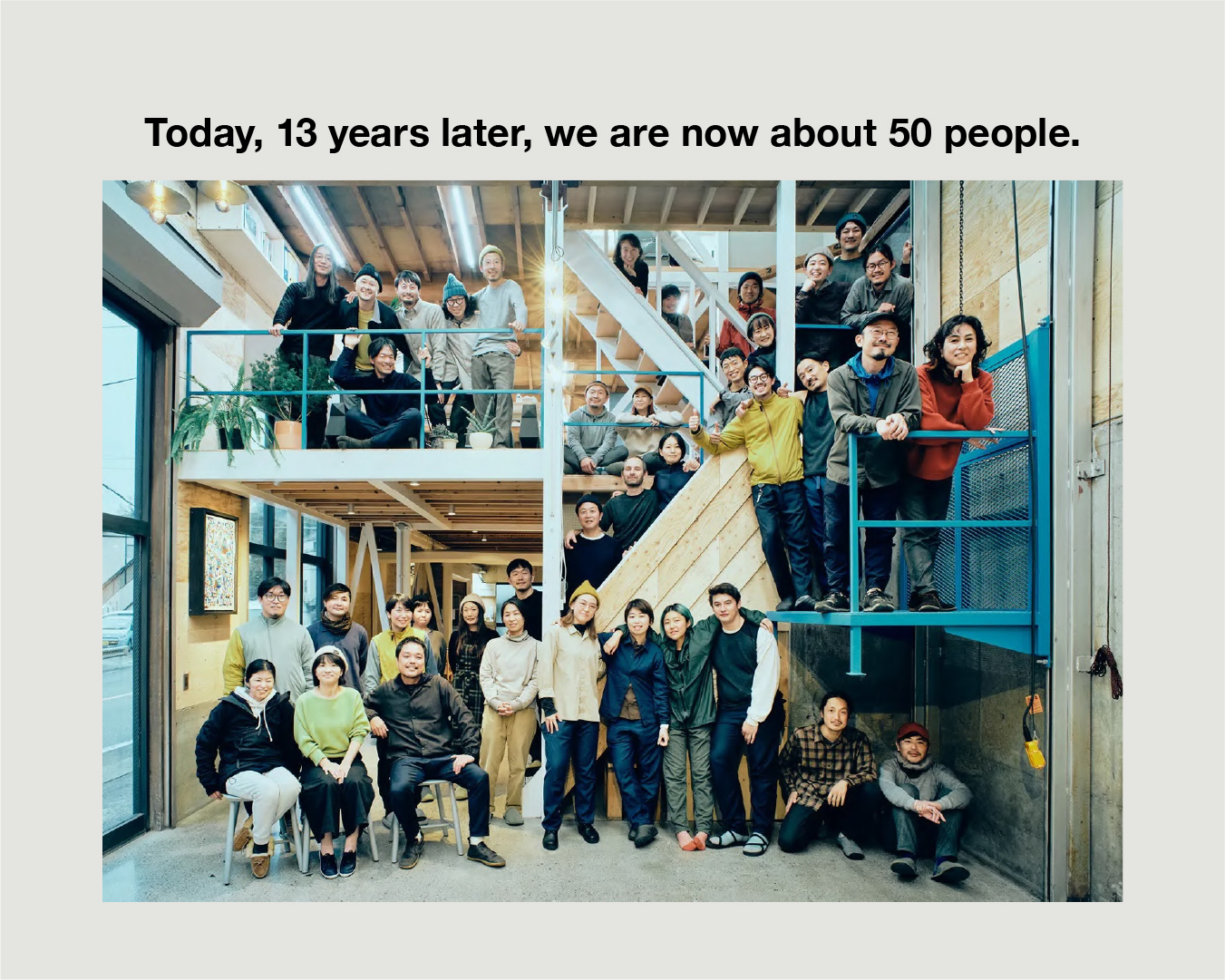
The year 2024 marks the 13th anniversary of Yamatomichi. We now have around 50 people working with us.
We are not chasing excessive growth, instead, we value our community and allow Yamatomichi to grow organically.
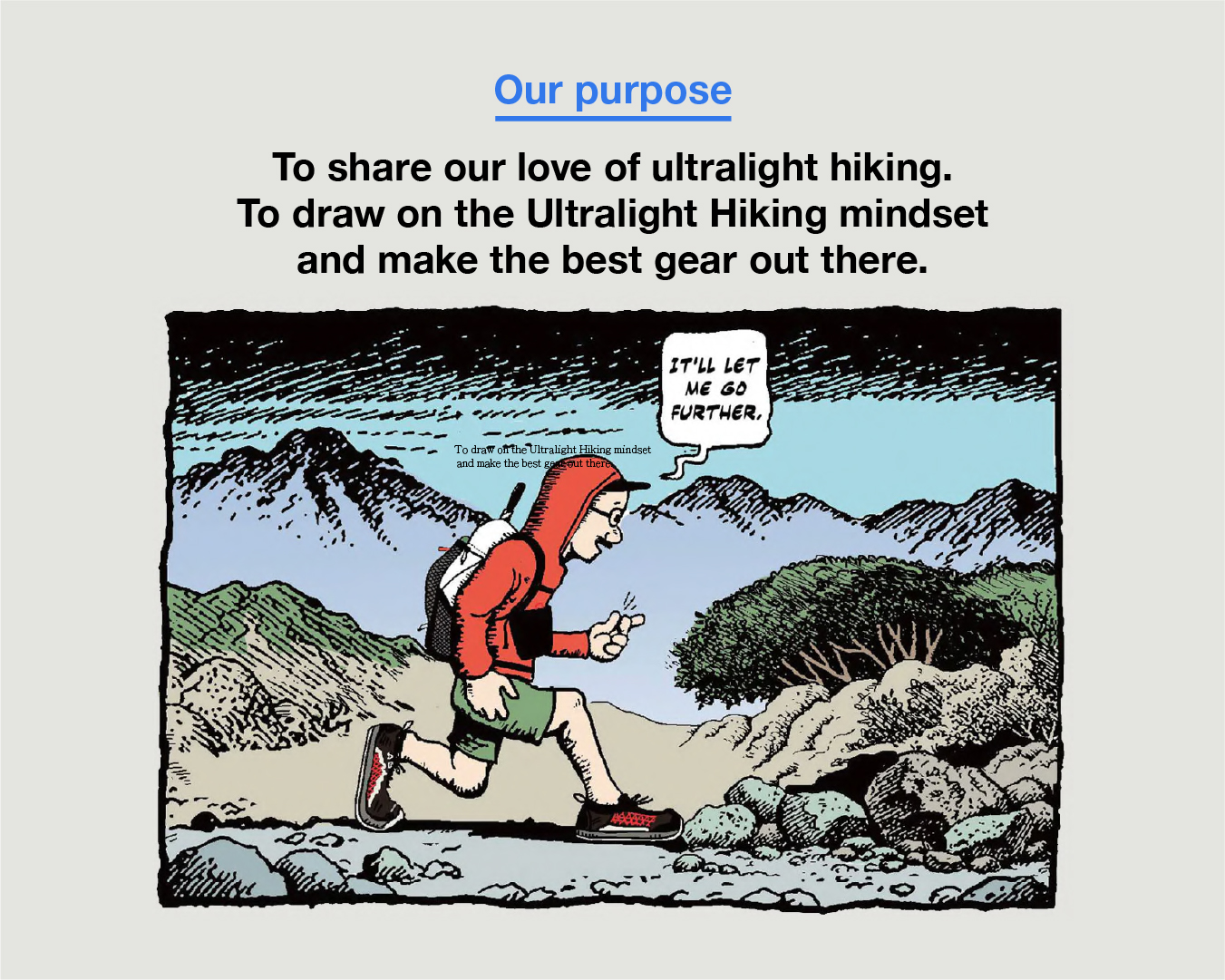
Our purpose is to share our love of Ultralight Hiking and to create the best gear we can to allow hikers to keep hiking.

Although ultralight hiking was developed for long distance hiking, I am more interested in the philosophy than the technical aspects of ultralight.
Yamatomichi’s approach to ultralight hiking is based on three principles:
- Pursuing the mantra “Simple is Best”
- Believing in “Less is More”
- Striving to know what is enough
Through ultralight hiking, we re-evaluate the value of what we carry. No matter how much stuff we have, there is a limit to what we can carry.
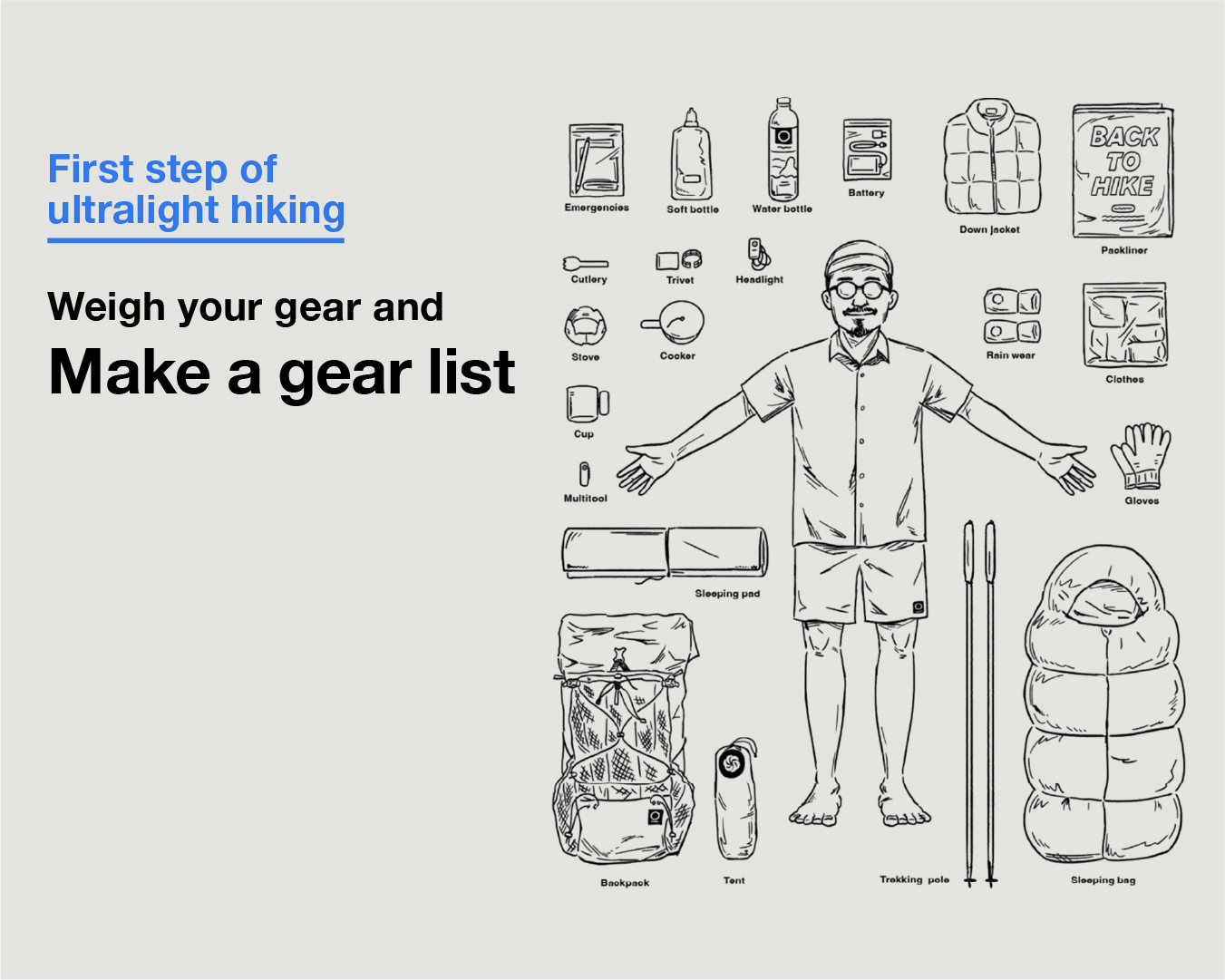
Ultralight hiking starts with weighing your gear and creating a gear list.
Just like dieting begins with measuring your body weight, knowing the weight of your gear helps you understand what exactly you are carrying.
You realize that you have been carrying around many items you don’t really need.
Then, you think hard about what is really necessary and what you can do without.
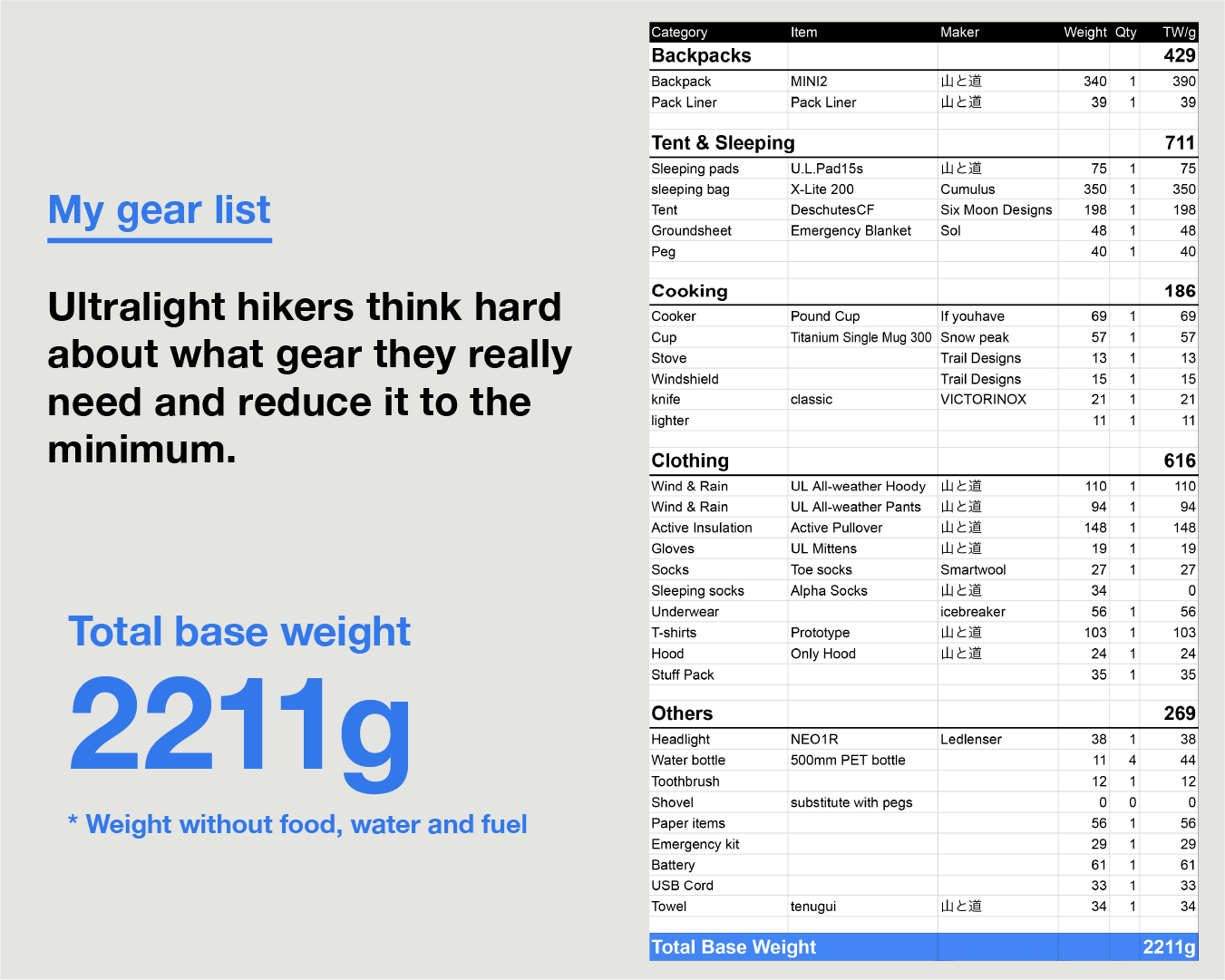
This is my gear list. The base weight is 2211g. At this weight, it feels so light that you almost forget you are carrying a backpack and you become free.
Base weight refers to the total weight of your backpack, excluding consumables like food, fuel, and water.
I measure my gear and divide it into categories of clothing, food, and shelter, to understand what I am carrying in detail. Through this process, I question whether each item is really worth carrying and consider what can perhaps be left at home.
Of course, much of my gear is made by Yamatomichi. A collection of gear aimed to make everyone happy.
There haven’t been significant changes to my gear in recent years. If there were any changes, it would be because we or some other manufacturer either created a new product that surpasses my current setup.
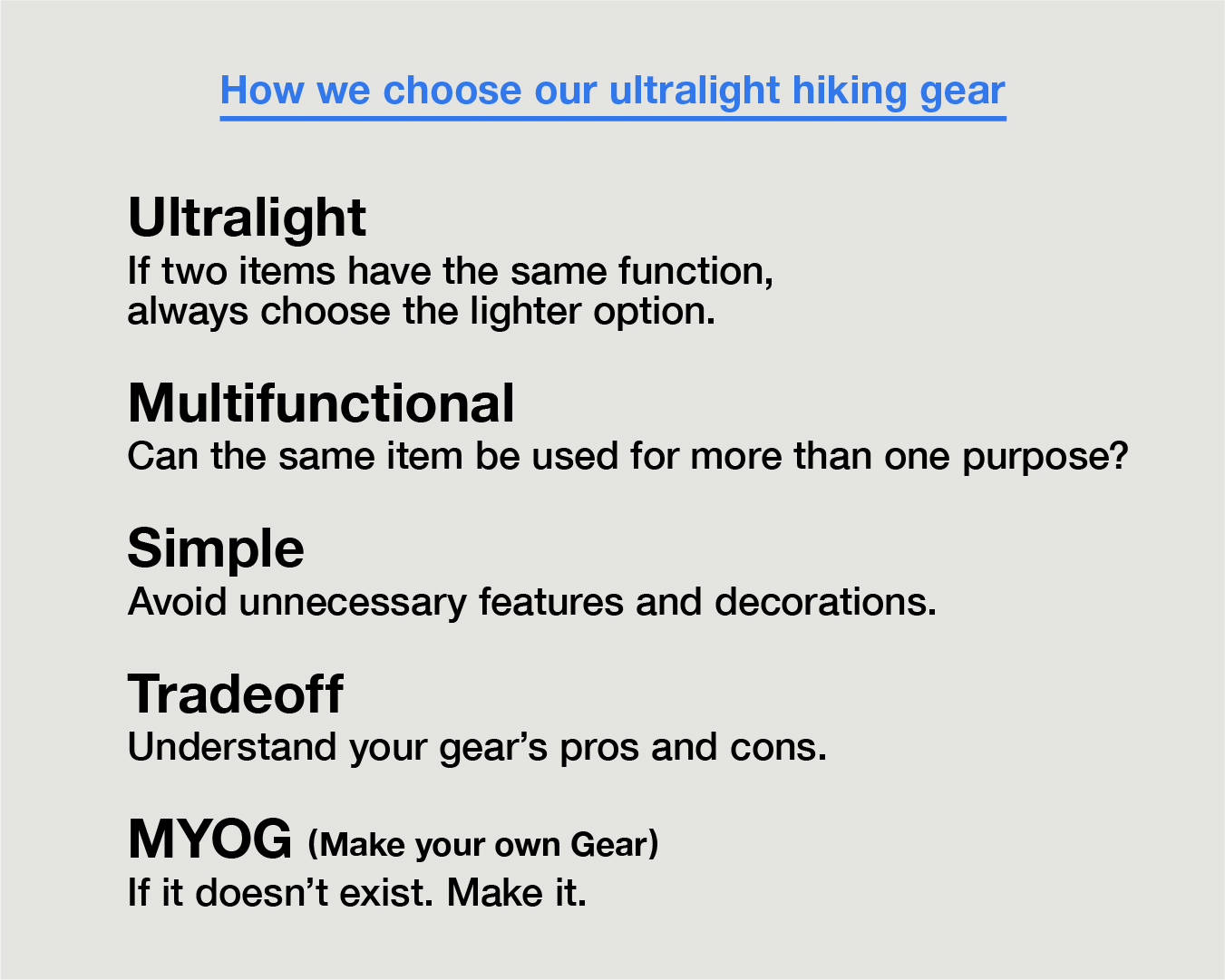
There are several key concepts in the approach to ultralight hiking gear.
The first is weight. If two items have the same function, choose the lighter one.
The second is multi-functionality. By having a single item serve multiple purposes, you can reduce the number of items (and therefore weight) you carry.
The third is simplicity. Opt for minimal essential gear, avoiding complex functions and unnecessary equipment, choosing tools that are simple and easy to use.
The fourth is trade-off. For example, pursuing lightweight gear might sacrifice durability. In ultralight hiking, it is crucial to evaluate this balance.
The fifth is MYOG, which stands for Make Your Own Gear. It means creating gear yourself when it doesn’t exist. Removing unnecessary features and customizing gear for your needs is also part of the MYOG spirit.
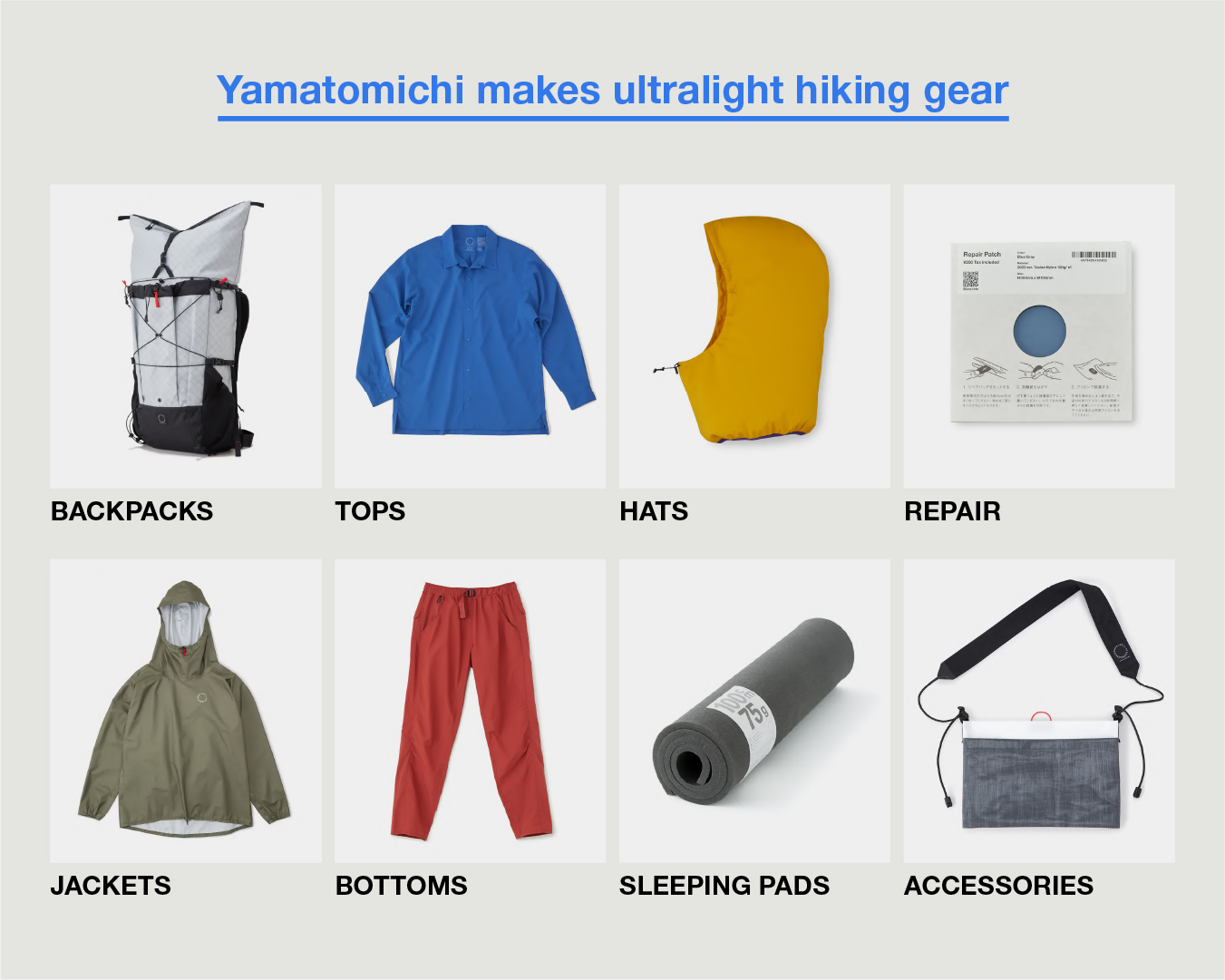
“Yamatomichi makes gear for ultralight hiking.”
We have designed not only backpacks but also clothing as part of our lineup.
All of our items are ultralight, simple, and specialized, with both strengths and weaknesses.
If used incorrectly, they can cause trouble, but if you understand their purpose and use them properly, you will experience unparalleled functionality, convenience, and comfort.

All our products are made with functionality as the prime motivator. We don’t make gear because it is cool, in fashion or because we know it will sell.
One of our staff mentioned, that after they started using our products, the amount of clothes in their closest was reduced by half. Our products works just as well when hiking in the mountains as in your daily life. So unnecessary clothing can easily be reduced.
This is because our products are simple and multifunctional.
Allow me to introduce some of our many unique products so far.

One of our very first products was the UL Pad 15. This ultralight mat uses XLPE foam, which wasn’t really used by anyone else at the time. The result was the what we believe is the world’s lightest sleeping mat, weighing only about half of a more traditional mat with the same level of insulation.
Our first backpack, the ONE was also released in 2011. It features a carbon X-frame that allows for flexible load control, resulting in a design and structure different from other ultralight backpacks at that time.
Especially notable is the large zipped pocket above the front pocket, a design that did not exist at the time.
Our small easy-to-adjust Yamatomichi Sacoche was also introduced during our first year of doing business. Initially the Sacoche was produced entirely on a made-to-order basis, allowing customers to freely choose their preferred color.
To prevent the Sacoche from hitting the legs while climbing steep slopes, we designed the Sacoche using line adjusters from tents, for smooth height adjustments, a first in the industry.
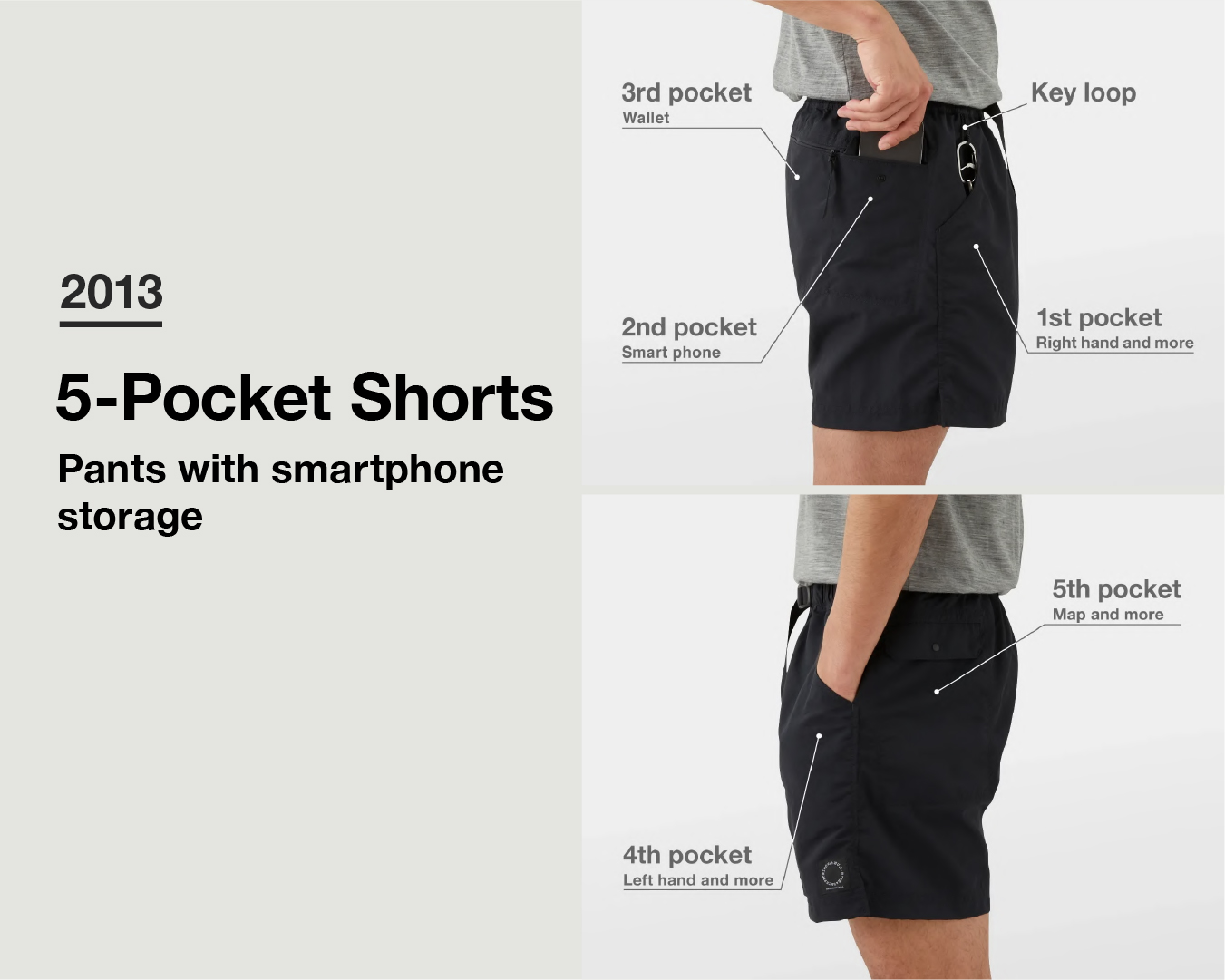
In 2013, we released our first piece of apparel; our 5-Pocket Shorts. These were the first outdoor bottoms designed to securely store smartphones, also something that didn’t exist at the time.
The fit is so comfortable that you might forget you’re carrying a smartphone. We now offer a variety of 5-Pocket Pants and Shorts in a variety of materials.
The left back pocket even holds a 500ml PET bottle, making these shorts perfect for short hikes.
Since 2016, we have been offering a series of products made from 100% merino wool.
At a time when many merino wool products were blended with synthetic fibers to enhance durability and production stability, we chose to focus on the natural functionality of merino wool by developing fabrics and products made from 100% natural merino wool.
Additionally, there are very few manufacturers that offer merino wool products that can be tumble-dried.
In 2019, we introduced the UL Shirt.
By removing the collar stand, we created a new category of trail shirts designed for ease of movement.
Unlike many traditional lightweight wind shells that lack breathability and quickly cause overheating during activity, the UL Shirt provides moderate ventilation, allowing for comfortable movement when used as a light wind shell.

In 2020, we introduced the Only Hood.
When it gets windy and cold, you can continue moving without taking out a wind shell from your backpack by simply putting on the Only Hood.
We introduced a new category by freeing the hood from the hoodie.
In 2021, we introduced the UL All-weather series.
We launched the concept of all-weather activewear. The hallmark of this product series is its performance in any weather condition as activewear.
Traditionally, you would need both a wind shell and rainwear, but this single item fulfills both functions.”

This is just a small sample of our products.
It takes us several years to create a single product, repeatedly testing and prototyping until we believe it is the best it can be.
For some items, we have spent over five years of testing and prototyping.
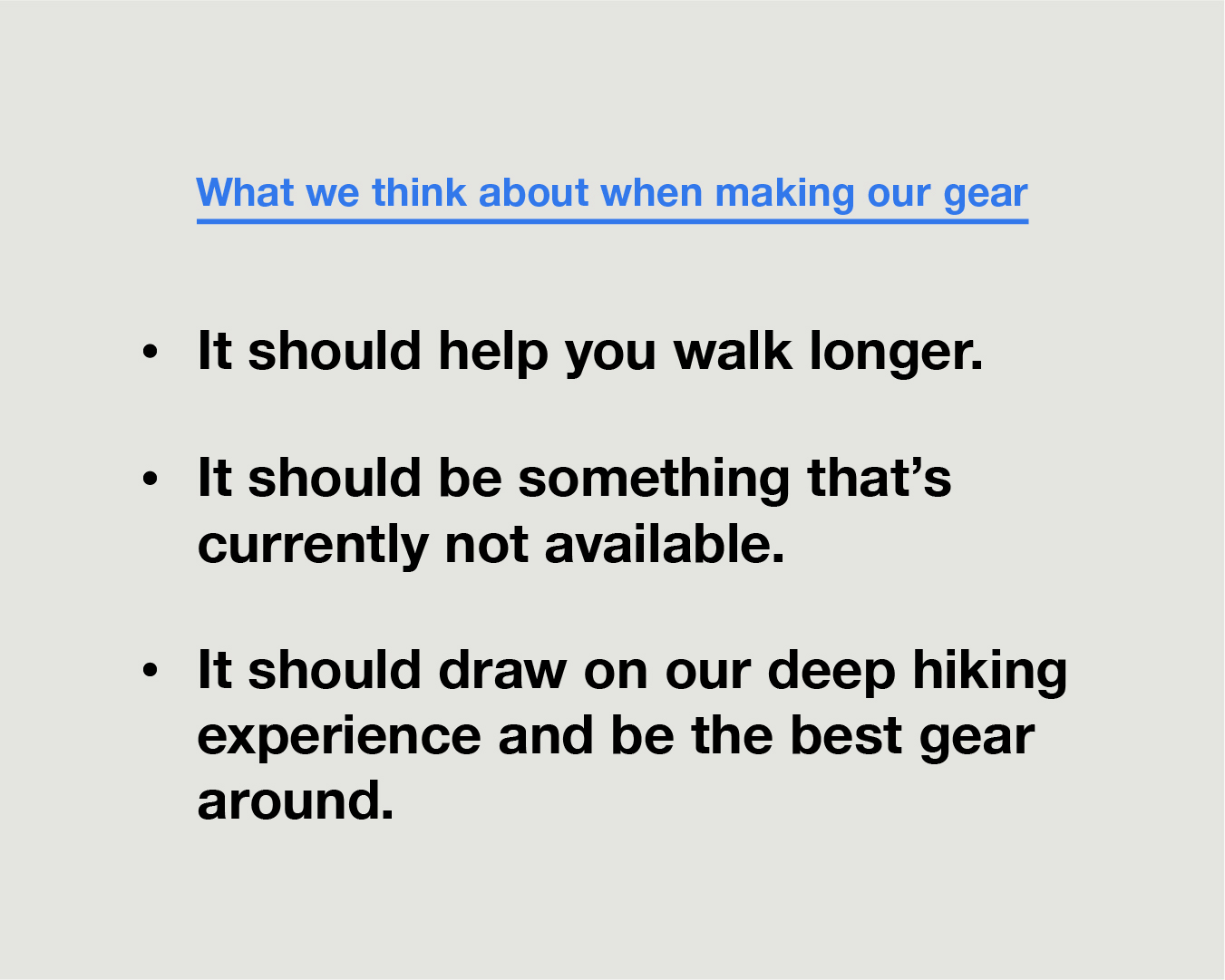
We aim to make gear that is not only lightweight but also comfortable, allowing us to keep going.
To have the best hiking experience, we create the best gear we can from scratch.
We don’t engage in the tedious task of merely copying someone else’s gear.
However, to pursue the best in hiking, our own experience and knowledge are just as important as the gear itself.
That’s why we go hiking. Through hiking, we shape the gear we truly need based on what our personal experience tells us we need.
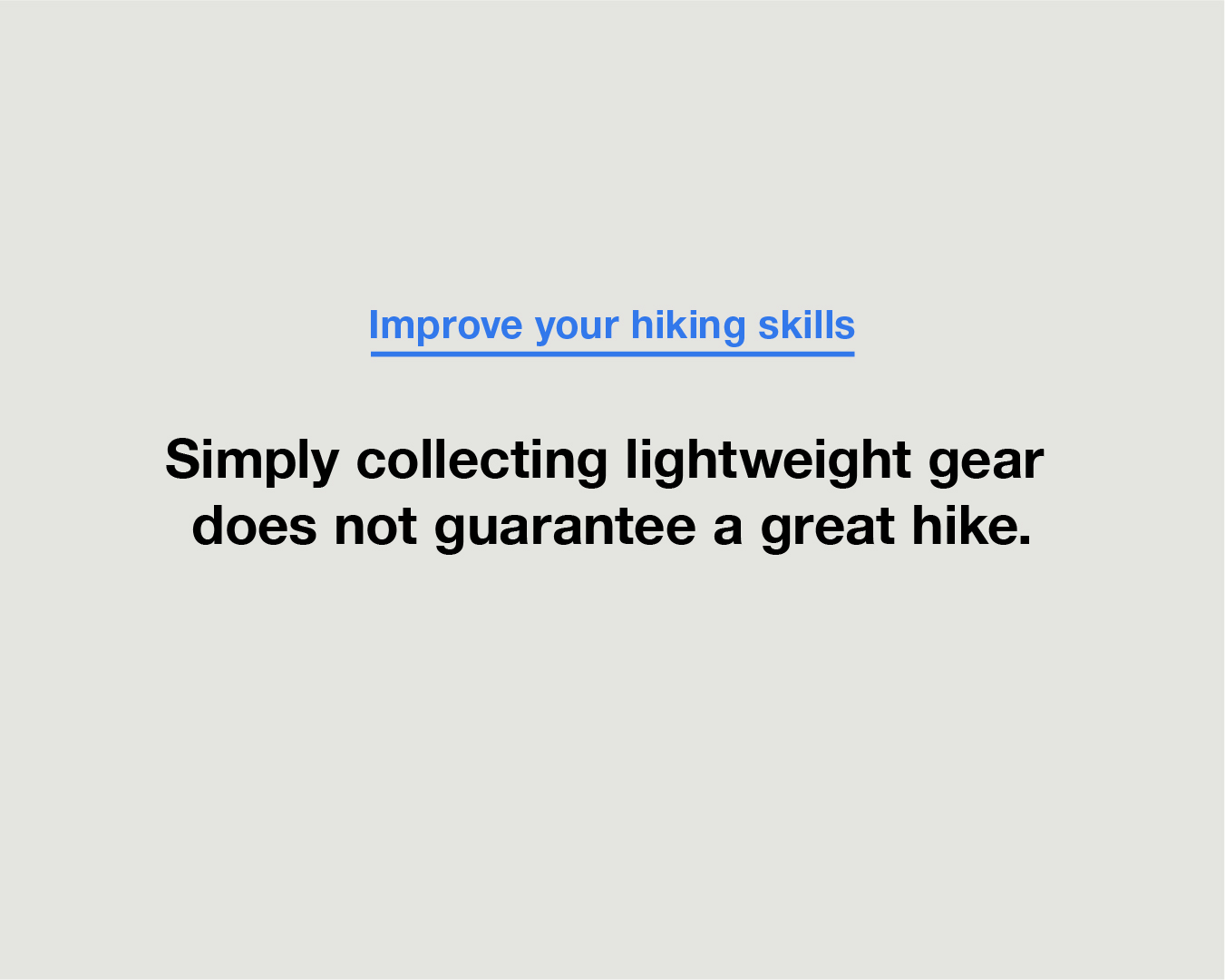
To effectively use great gear, including those from Yamatomichi, experience is necessary.
Simply collecting lightweight gear does not ensure a comfortable hike.
Hiking is not a convenience-driven activity. In a consumer society that feels both abundant and empty, due to the abundance of information, hiking is an act of reclaiming oneself. One’s own experience, senses, and will are very important.”
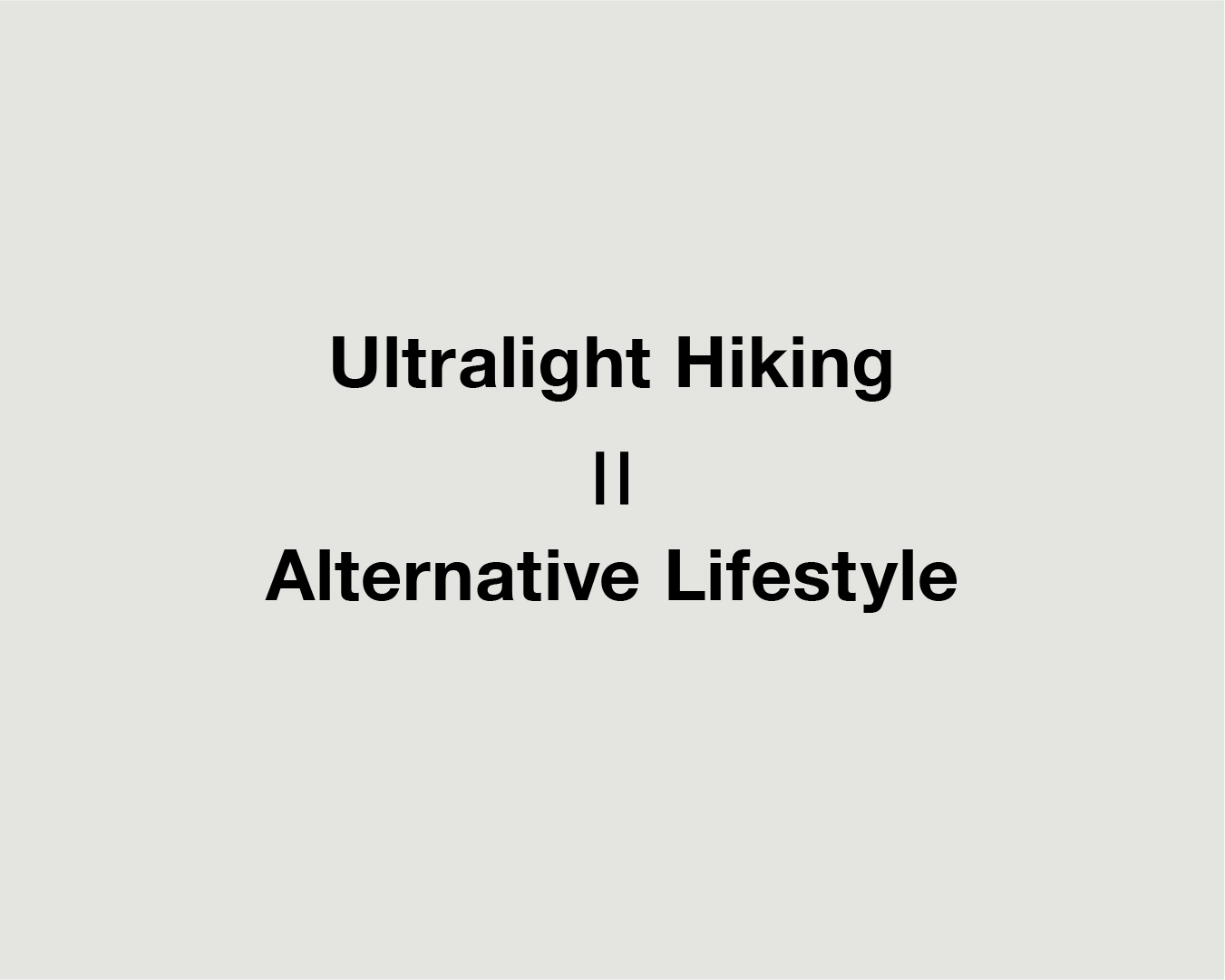
We believe that ultralight hiking can be considered a lifestyle experiment.
It’s challenging to change your everyday life, but it is possible through hiking.
Gaining experience, selecting gear, and achieving a comfortable hiking experience with minimal equipment, ultralight hiking represents an alternative lifestyle that has the potential to transform how we live in society.
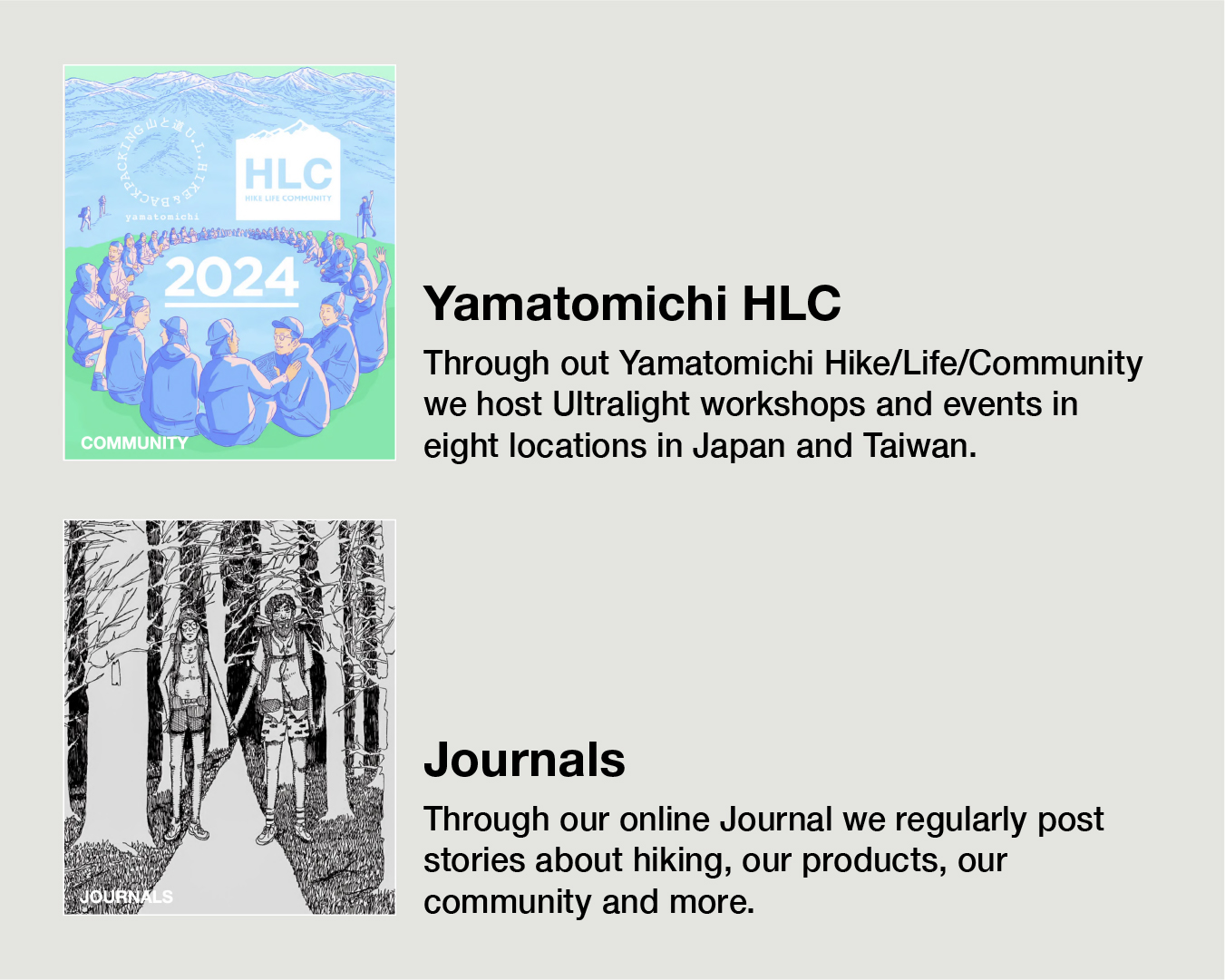
A community of ultralight hikers
We love to do workshops and events through our Yamatomichi Hike Life Community, a community for learning about ultralight hiking, in seven locations across Japan and in Taiwan to spread the love of ultralight hiking.
We also regularly publish articles on our JOURNALS about ultralight hiking. Most available in both Japanese and English.
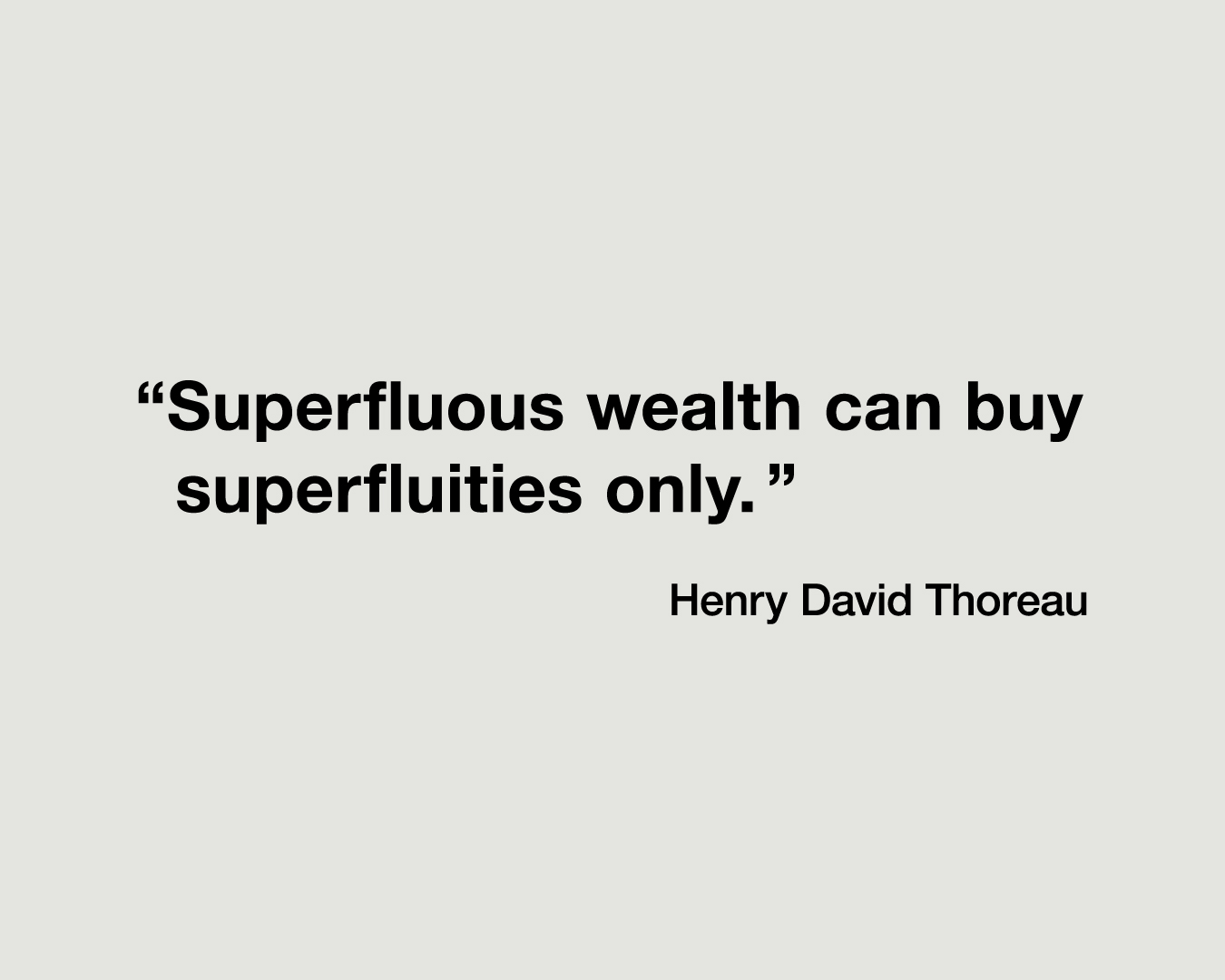
Lastly, let me share a quote from the 19th-century thinker Henry David Thoreau:
“Superfluous wealth can buy superfluities only.”
Thoreau argued against the consumer culture of capitalism, suggesting that by focusing only on what is truly necessary and minimizing possessions, we can pursue spiritual richness.
Through ultralight hiking, let’s also discover what kind of life we truly seek.
Now, let’s go hiking!
Afterword
Before I became passionate about ultralight hiking, I was deeply immersed in the works of Henry David Thoreau. For about three years, I carried his book Walden with me wherever I went. Walden is filled with timeless wisdom that offers guidance on how to navigate life in this world. If you get the chance, I highly recommend reading it. The book can be a bit challenging to get through, so my advice is not to force yourself to read it from cover to cover. Instead, just open it to a random page whenever the mood strikes you and read as much as you feel like. Even just three pages can fill your heart with profound messages.
When I discovered ultralight hiking, I realized that it embodies the essence of Walden. While living a self-sufficient life like Thoreau might be a significant challenge, ultralight hiking allows you to experience a taste of that lifestyle in a more playful way. And before I knew it, I no longer felt the need to carry Walden with me.
The reason I’m bringing up Thoreau again is that I believe the question of “how to live” has become an even more crucial theme in our current era. With the advancement of information technology, we can learn so much from the internet. However, just passively browsing the web doesn’t lead to creation. I believe that by physically moving, taking action, and engaging with others, we can truly connect, learn, and find happiness in both our minds and bodies.
This principle applies to everyday life as well. The question of “how to live” isn’t just about leisure; it also includes work. How we approach our work is something we need to consider as an integral part of our lives.
In our company, we’ve eliminated sales targets and sales reports. This doesn’t mean that money isn’t important, but I don’t believe that chasing after immediate financial gain will lead to happiness for us or our customers. There must be something more important than that, and that’s why we continue to work the way we do today.








